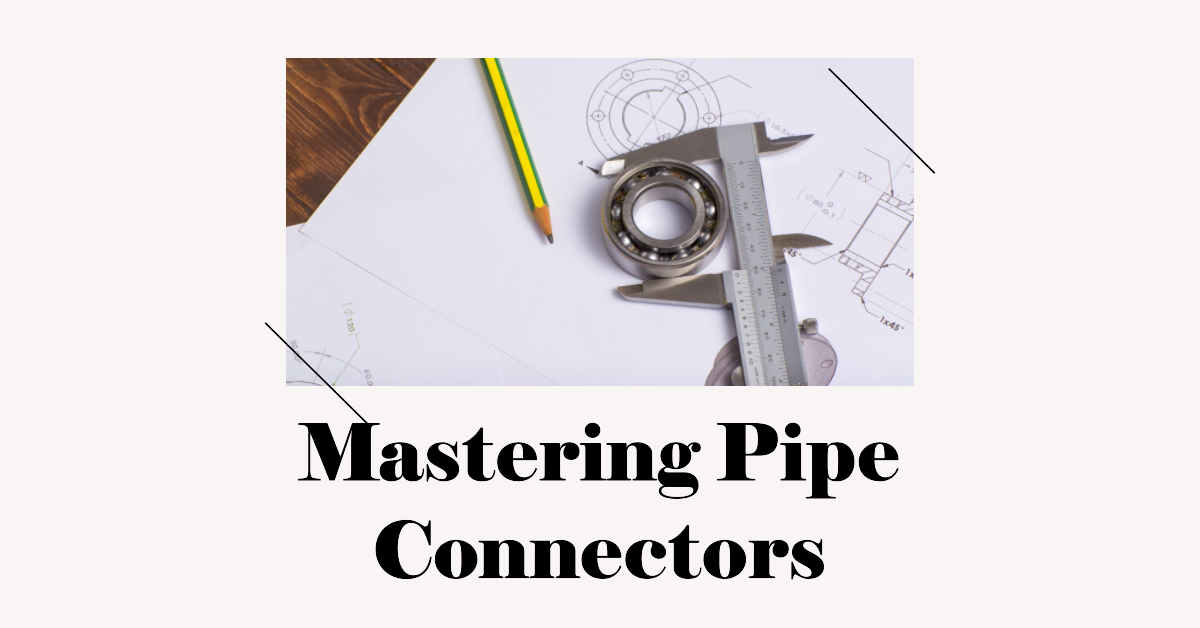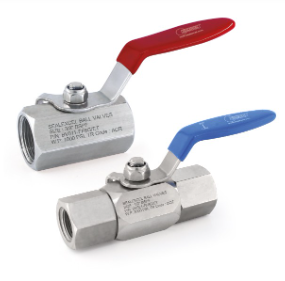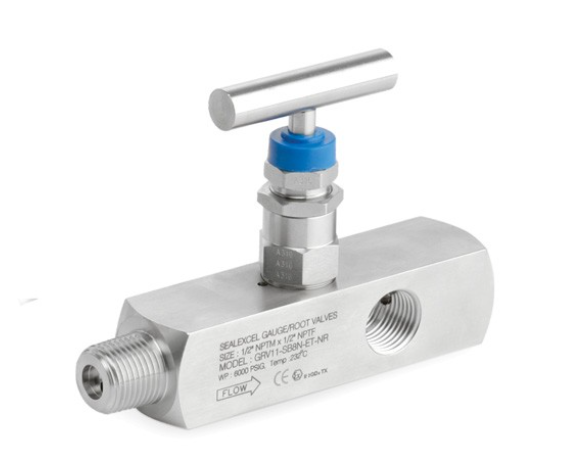
Mastering Pipe Connectors: A Guide to Efficient Plumbing Systems
June 21, 2023
Check Valve: Exploring Types and Functions
June 28, 2023Welcome to our comprehensive guide on choosing the right SS ball valve for your needs. When it comes to fluid control in industrial processes, selecting the appropriate ball valve is crucial. In this article, we will provide you with all the essential information and expert insights to help you make an informed decision. From understanding the basics of SS ball valves to evaluating key factors, we’ve got you covered.
Understanding SS Ball Valves
What are SS Ball Valves?
SS ball valves, also known as stainless steel ball valves, are essential components in various industries, including oil and gas, chemical, pharmaceutical, and water treatment. They are designed to control the flow of fluids, providing a reliable shut-off mechanism. SS ball valves consist of a hollow sphere (the ball) with a hole in the middle, allowing or blocking the flow of fluid by rotating the ball 90 degrees.
Advantages of SS Ball Valves
Corrosion Resistance: Stainless steel ball valves offer excellent resistance to corrosion, making them suitable for applications involving corrosive fluids or environments.
Durability: SS ball valves are highly durable and can withstand high-pressure and high-temperature conditions, ensuring long-lasting performance.
Ease of Operation: With their simple design and quarter-turn operation, SS ball valves are easy to open and close, providing quick and efficient fluid control.
Wide Range of Applications: These valves are versatile and find applications in numerous industries due to their reliability, versatility, and compatibility with different fluids.
Key Factors to Consider
Choosing the right SS ball valve requires careful consideration of several factors. Let’s delve into each aspect to ensure you make the best decision for your specific needs.
1. Material Selection
Stainless steel ball valves are available in different materials, each offering unique properties and advantages. The choice of material depends on the type of fluid, temperature, and operating conditions. Common materials include:
316 Stainless Steel: This material provides excellent corrosion resistance and is suitable for a wide range of applications, including chemical processing and marine environments.
304 Stainless Steel: It offers good corrosion resistance and is commonly used in food and beverage industries, as well as general-purpose applications.
Brass: Brass ball valves are cost-effective and suitable for applications involving non-corrosive fluids. However, they may not be ideal for aggressive or high-temperature environments.
2. Valve Size and Pressure Rating
Selecting the appropriate valve size and pressure rating is crucial to ensure optimal performance and prevent any system failures. Consider the following aspects:
Flow Capacity: Determine the required flow capacity based on the application’s flow rate and system requirements.
Pressure Rating: Assess the maximum operating pressure to choose a valve that can handle the desired pressure without compromising safety or efficiency.
3. Valve Type
SS ball valves come in various types, each offering specific features and benefits. Some common types include:
Two-Way Ball Valves: These valves provide on/off control, allowing or blocking fluid flow.
Three-Way Ball Valves: These valves have an additional port, enabling diversion or mixing of fluids.
Multi-Port Ball Valves: These valves have more than three ports, offering greater flexibility in fluid routing.
4. End Connections
Consider the end connections of the ball valve to ensure compatibility with your existing system. Common types of end connections include threaded, flanged, and welded ends.
5. Actuation Options
Depending on your specific requirements, you may need to choose between manual or automated valve actuation. Manual valves are operated by hand, while automated options include pneumatic, electric, or hydraulic actuators. Assess your needs for control, speed, and automation to make the right choice.
Conclusion
We hope this comprehensive guide has provided you with valuable insights into choosing the right SS ball valve for your needs. Remember to consider factors such as material selection, valve size, pressure rating, valve type, end connections, and actuation options. By making an informed decision, you can ensure smooth fluid control, enhanced performance, and increased efficiency in your industrial processes.



